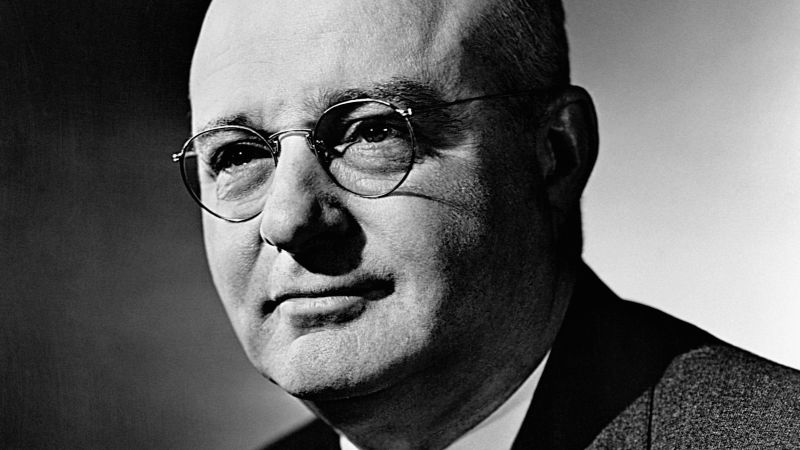Thomas Midgley Jr., the inventor of leaded gasoline and Freon, faced harsh criticism in his later years after the devastating consequences of his inventions came to light. In 1924, Midgley famously poured lead additive over his hands and inhaled its fumes to demonstrate its safety. Despite his claims that it posed no health risks, Midgley later developed lead poisoning himself after continuous exposure.
His invention of leaded gasoline was initially hailed as a breakthrough solution to engine knocking in cars, but the toxic effects of lead on humans, especially children, were well-known. Midgley’s lead additive, known as Ethyl, quickly became a commercial success despite concerns raised by public health officials.
Eventually, Midgley turned his attention to developing a non-toxic refrigerant gas after fatal accidents caused by existing gases like ammonia. He created Freon, a chlorofluorocarbon (CFC), which became widely used in air conditioning systems and consumer products.
However, it wasn’t until the 1970s that the damaging effects of CFCs on the ozone layer were discovered. The Montreal Protocol was signed in 1987 to phase out CFCs, leading to a gradual healing of the ozone layer.
Midgley’s legacy is marred by the long-lasting impact of his inventions on public health and the environment. Leaded gasoline was phased out in the United States in 1996, but continued to be sold in some parts of the world until as recently as 2021. The effects of lead poisoning on children and the ozone layer are still being felt today.
Despite his contributions to industrial progress, Midgley’s life ended tragically when he died from strangulation in 1944, trapped in a contraption he had designed to help him cope with his disability. His story serves as a cautionary tale of the unintended consequences of technological advancements.












